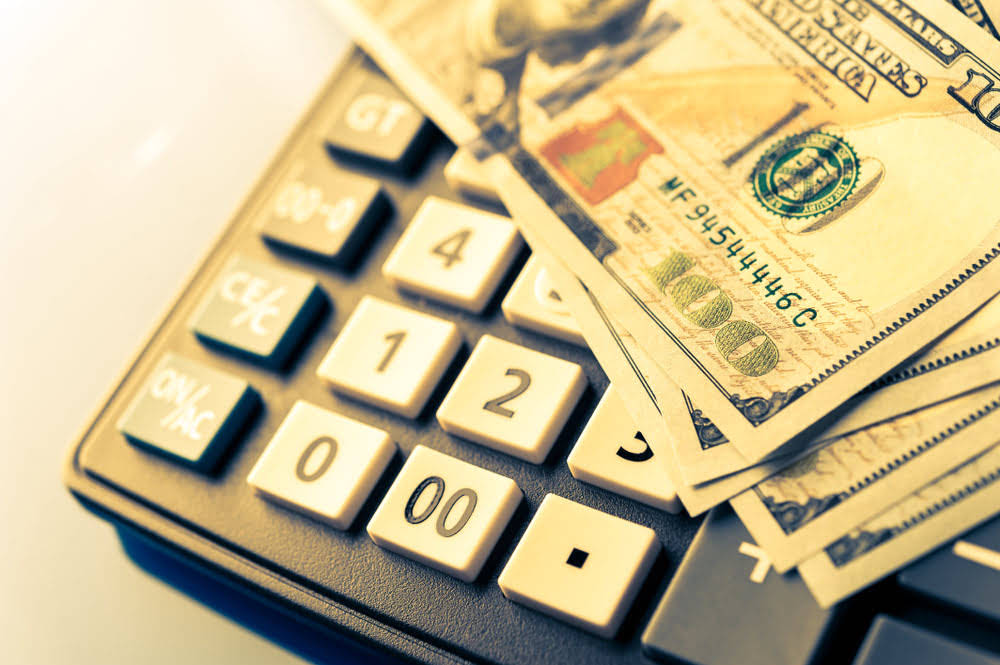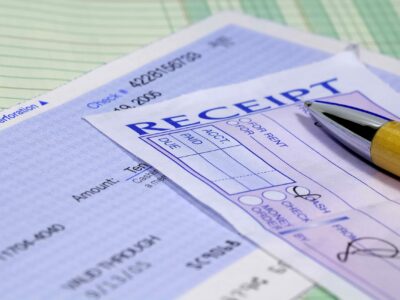![]()
A business owner should ignore salvage value when the business itself has a short life expectancy, the asset will last less than one year, or it will have an expected salvage value of zero. If a business estimates that an asset’s salvage value will be minimal at the end of its life, it can depreciate the asset to $0 with no salvage value. Depreciation allows you to recover the cost of an asset by deducting a portion salvage value calculation of the cost every year until it is recovered. Depreciable assets are used in the production of goods or services, such as equipment, computers, vehicles, or furniture, and decrease in resellable value over time.
Everything to Run Your Business
- Companies take into consideration the matching principle when making assumptions for asset depreciation and salvage value.
- Conversely, if there is high demand for a particular type of asset, the salvage value may increase.
- You must remain consistent with like assets; if you have two fridges, they can’t be on different depreciation methods.
- The second field is for the “Annual Depreciation Rate (%).” This is the percentage by which the asset’s value decreases each year.
- So, total depreciation of $45,000 spread across 15 years of useful life gives annual depreciation of $3,000 per year.
- Discover how to identify your depreciable assets, calculate their salvage value, choose the most appropriate salvage value accounting method, and handle salvage value changes.
To determine the residual value of an asset, you must consider the estimated amount that the asset’s owner would earn by selling the asset (minus any costs that might be incurred during the disposal). Resale value is a similar concept, but it refers to a car that has been purchased, rather than leased. So resale value refers to the value of a purchased car after depreciation, mileage, and damage.
- So, if there’s no easy salvage value calculation, what’s your salvage car worth?
- Third, companies can use historical data and comparables to determine a value.
- The salvage value of a business asset is the amount of money that the asset can be sold or scrapped for at the end of its useful life.
- The impact of the salvage (residual) value assumption on the annual depreciation of the asset is as follows.
- The carrying value of the asset is then reduced by depreciation each year during the useful life assumption.
- This value plays a crucial role in financial decision-making as it affects various aspects such as depreciation, asset disposal, and capital budgeting.
Example of salvage value calculation for a car belonging to a business for after and before tax

The level of maintenance and upkeep performed on an asset throughout its lifespan can affect its salvage value. Proper maintenance and regular upkeep can help preserve an asset’s condition and functionality, increasing its salvage value. On the other hand, neglected or poorly maintained assets may have a reduced salvage value due to their diminished condition. Utilizing salvage value in investment and business operations carries both benefits and limitations.
- Therefore, the salvage value is simply the financial proceeds a company may expect to receive for an asset when it’s disposed of, though it may not factor in selling or disposal costs.
- Another example of how salvage value is used when considering depreciation is when a company goes up for sale.
- Scrap Value is a projected value of an asset that can’t be used any longer for original purposes.
- However, you may choose a depreciation method that roughly matches how the item loses value over time.
- The better the condition, the more valuable the asset is likely to be in the salvage market.
- It is beneficial to the investors who can then use it to assess the right price of a good.
- At the end of the accounting period — either a month, quarter, or year — record a depreciation journal entry.
Factors Influencing Salvage Value

An estimated salvage value can be determined for any asset that a company will be depreciating on its books over time. Some companies may choose to always depreciate an asset to $0 because its salvage value is so minimal. The straight-line method is a way to calculate depreciation by evenly spreading the asset’s cost over its useful life. Information on all FINRA registered broker-dealers can be found on FINRA’s BrokerCheck. RealCadre LLC does not solicit, sell, recommend, or place interests in the Yieldstreet funds.

This comprehensive approach ensures effective financial management and optimized resource allocation. Salvage value, also known as residual value or scrap value, is a fundamental concept in accounting and asset management. It refers to the estimated value that an asset will have at the end of its useful life. This figure https://www.bookstime.com/ is critical for businesses as it plays a key role in several financial processes, including the calculation of depreciation, asset replacement planning, and overall financial strategy. Understanding how to accurately calculate salvage value is essential for businesses to manage their assets effectively.


Enter the original value, depreciation rate, https://www.instagram.com/bookstime_inc and age of asset in tool to calculate the salvage value. Investors can use after-tax salvage value calculations to assess the profitability of investments and the potential return on asset sales. The estimated useful life of the machine is 5 years, and its salvage value is determined to be $2,000. Older assets with shorter remaining useful lives generally have lower salvage values.